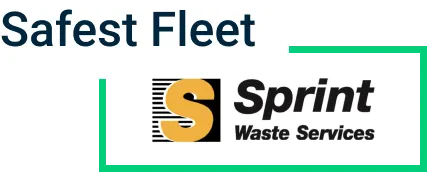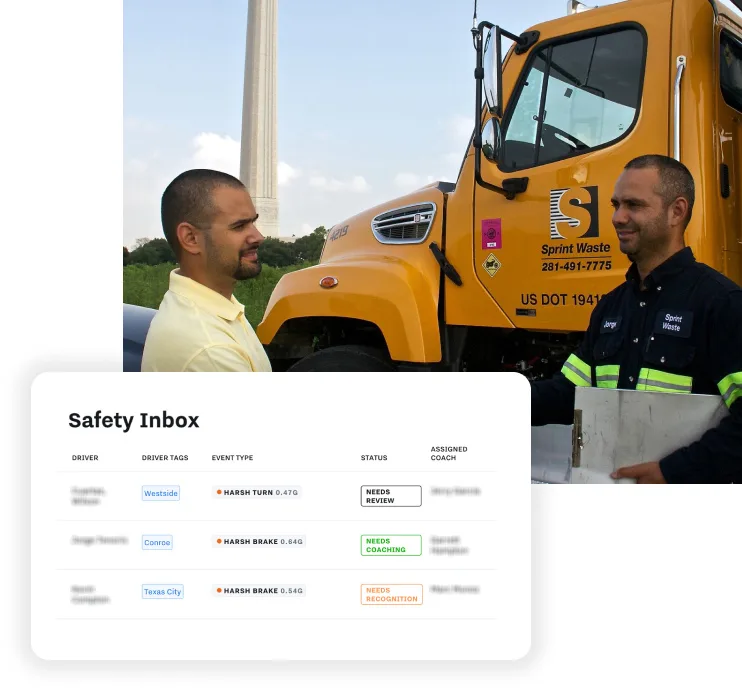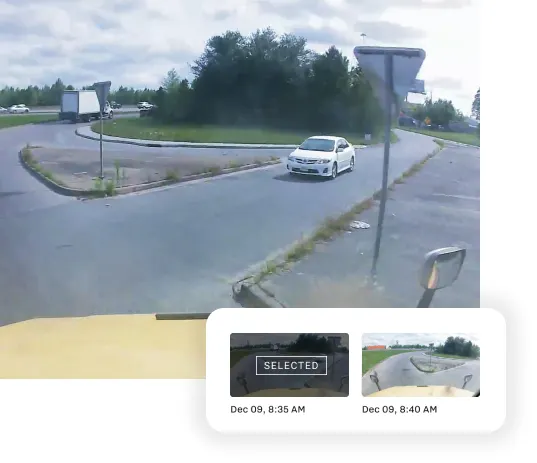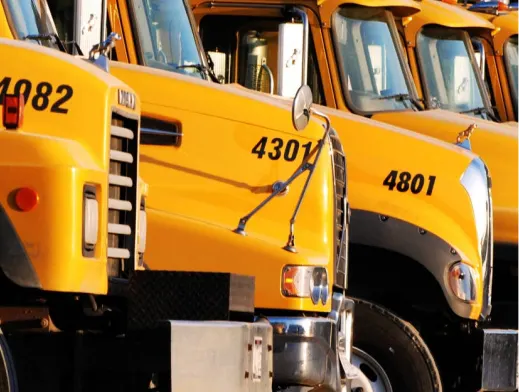Safest fleet
Sprint Waste Services
Sprint Waste Services was formed in 2006 with a handful of trucks and just 15 employees. Since then, the company has grown to more than 600 employees, providing waste transportation and container rental services to the industrial and construction industries across the Gulf Coast. With more than 14 locations, 400 vehicles, and 300 drivers who collectively clocked 19 million miles last year, safety is a top priority for Sprint Waste. With Samsara, they have taken their best-in-class safety program to the next level, while driving impactful cost savings across the enterprise.
400+
Vehicles
300+
Drivers
14
Locations
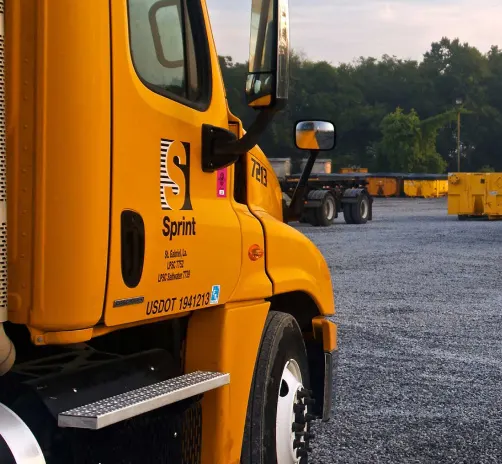


Learn more
Samsara has contributed to our culture of safety. Our drivers have truly bought in. We've also shown our customers how we're using the system, and it makes them feel safe about doing business with us."
DAVE NELSON
President, Sprint Waste
Hear how Sprint Waste creates a positive safety culture
58%
decrease in speeding
50%
increase in miles per safety incident
$500k
estimated savings at last insurance renewal

